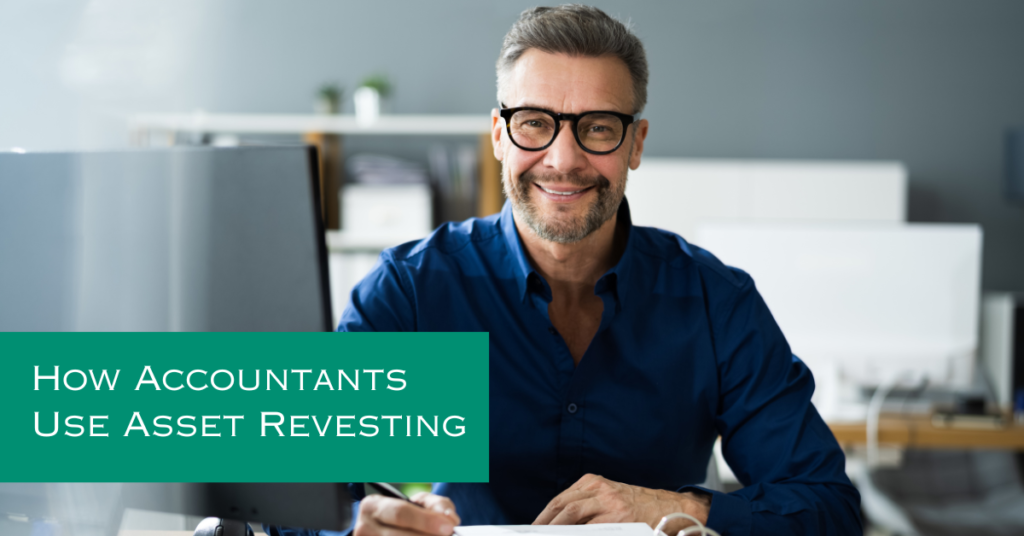Ed and Joan are accountants in their early sixties. They run a thriving business that keeps them so busy they rarely enjoy downtime. While April is undoubtedly a high point, with many clients working toward submitting individual returns to the IRS, Ed, and Joan also have busy periods throughout the year, especially in March for corporate clients and their returns. Those corporate and personal clients who can’t file on time in March and April submit extension requests that move their filing dates to September and October, leading to a late-year overwhelming influx. In addition, Ed and Joan handle quarterly tax submissions for business clients and also offer a bookkeeping service that keeps clients’ books up to date daily. In December, a time often spent with family, Ed and Joan are busy helping clients plan last-minute tax savings moves.

Because of their workload, the couple often starts work before sunrise and does not arrive home until after sunset. Even part of their weekends is spent on work – catching up on the necessary paperwork, payroll, and bookkeeping. Visiting friends and seeing the grandkids is something they want to do more of…when they have the time.
While Ed and Joan would love to retire soon, they are concerned that their love of antiques, sailing, and travel will be too expensive to maintain without an income from their firm. As it is, Ed and Joan were in the process of adding two small accessory dwelling units to their hundred-acre property so they’d have plenty of space for guests. They’d wanted to accomplish this goal by 2022, but thanks to COVID, construction material costs have skyrocketed—so, putting this project on hold, they are left with half-finished glorified sheds while they wait for prices to come back down to earth.
Ed and Joan have invested their money since their early twenties and understand how to manage their investments, routinely placing stops and limit orders in their brokerage accounts. In recent years, they’ve worked closely with their financial advisor, focusing on dividend stocks to help them generate an income to help them retire on schedule. They also assume that regular purchasing of certain dividend stocks will result in dollar-cost averaging, lowering their overall basis.
Their portfolio usually outperforms the S&P 500, but lately, outperforming the S&P hasn’t been anything to brag about—especially during the COVID downturn and the 2022-2023 market decline. If anything, recent events make their retirement look even further away. Ideally, Ed and Joan would like to accrue money steadily. They want to shift out of high-risk, high-reward options and do something more reliable with their portfolio.
One day, a friend sent Joan a funny commercial about an emerging investing category called Asset Revesting. The commercial was a spoof on prescription medication ads in the US; only the side-effects listed were positive—smiles, retirement freedom, and security—all things that they could get behind. Intrigued by the volatility-avoidant strategy, Ed and Joan thought that using a single-asset model, strategically moving their capital in and out of SPY, might help their assets grow more consistently than if they were left holding onto stocks or bonds.
While a dividend-focused approach has worked for them in the past, Ed and Joan have experienced daily drawdowns of as much as 30%. Comforted by the knowledge that asset revesting portfolios only see, at most, about a 6% drawdown due to the use of risk and positions management, they decided to test the waters.
They researched, found, and began to follow an asset revesting signal newsletter. Both kept a close eye on the asset hierarchy, moving their capital in and out of SPY as the signals suggested and keeping their capital in cash equivalents when SPY showed no signals suitable for investing. As their confidence grew, Ed and Joan moved more of their retirement funds over to the strategy. With each trade, including the ones that did not work out, their worry for the future lessened, and their limited free time was reclaimed to resume other projects.
Ed and Joan finished their guest units in early 2023 (increasing the value of their property) and are planning to have their children and grandchildren visit in the spring. The couple has also been able to refocus on how to work toward the eventual sale of their firm – a critical process to secure their retirement in approximately five years. Though they certainly wish they had started lower-risk investing sooner, Ed and Joan appreciate having discovered asset revesting when they did.
